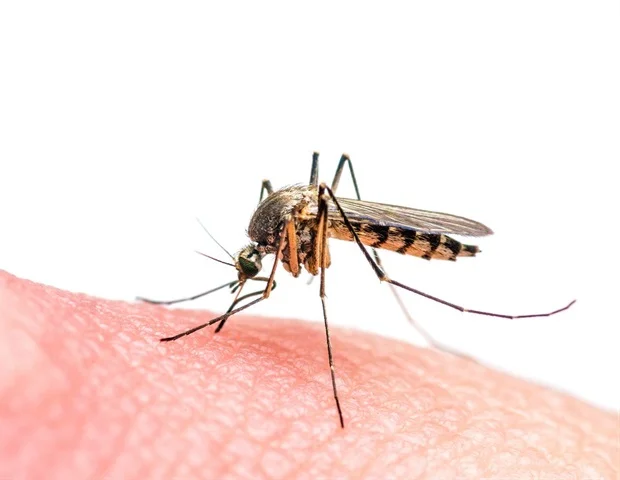Dengue Hotspots in Medellín Tied to Urban and Social Factors

Urban Development and Socioeconomic Factors Drive Dengue Hotspots in Medellín
A new study led by the University of Eastern Finland, in collaboration with international researchers, has revealed that dengue outbreaks in Medellín, Colombia, are strongly associated with patterns of urban development and socioeconomic status. The findings could reshape how cities approach dengue control in regions where the virus is endemic.
Study Finds Most Dengue Cases Concentrated in Fewer Neighborhoods
By analyzing more than 40,000 georeferenced dengue cases from 2010 to 2020, researchers discovered that just 26% of Medellín’s neighborhoods accounted for half of all infections. These high-risk zones, or “hotspots,” were mostly located in low- and middle-income areas with high levels of urban development and limited green space.
“Some neighborhoods experienced repeated outbreaks for up to seven years,” said Juliana Pérez-Pérez, the study’s lead author and a doctoral researcher at the University of Eastern Finland.
In contrast, neighborhoods with higher socioeconomic status and more green spaces had significantly fewer dengue cases.
Recurrent Patterns Show Need for Targeted Interventions
Using spatial statistics across 249 neighborhoods, the study identified both single-year and recurrent dengue hotspots. These patterns varied depending on the severity of the dengue season (epidemic, non-epidemic, or severe epidemic), but some areas remained consistently high-risk.
Traditionally, dengue control measures are applied uniformly across entire cities. However, the research suggests that a more localized, data-driven strategy could be far more effective.
“Public health efforts should integrate urban planning and land use data with epidemiological surveillance to focus resources where they’re needed most,” Pérez-Pérez added.
Global Implications for Dengue Prevention
While dengue is commonly associated with tropical regions, the researchers warn that the conditions favoring its spread — rapid urbanization, social inequality, and climate change — are becoming more widespread globally, even in parts of Europe.
“This study highlights how spatial and social dynamics shape disease risk,” said Pérez-Pérez. “By recognizing these patterns, we can not only improve local responses but also prepare other cities for similar outbreaks.”
A Call for Cross-Disciplinary Collaboration
The findings underscore the importance of combining public health, urban geography, ecology, and spatial analytics to better understand and combat vector-borne diseases like dengue in complex urban environments.
The full study was conducted with support from multiple institutions and has been published by the University of Eastern Finland.
: 251







